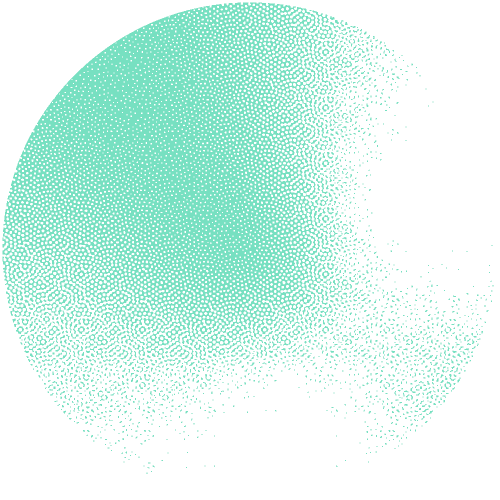ATGCCGGAATTGGCACATAACAAGTACTGCCTCGGTCCTTAAGCTGTATTGCACCATATGACGGATGCCGGAATTGGCACATAACAAGTAC
TGCCTCGGTCCTTAAGCTGTATTGCACCATATGACGGATGCCGGAATTGGCACATAACAACGGTCCTTAAGCTGTATTGCACCATATGACG
GATGCCGGAATTGGCACATAACAAGTACTGCCTCGGTCCTTAAGCTGTATTTCGGTCCTTAAGCTGTATTCCTTAACAACGGTCCTTAAGG
ATGCCGGAATTGGCACATAACAAGTACTGCCTCGGTCCTTAAGCTGTATTGCACCATATGACGGATGCCGGAATTGGCACATAACAAGTAC
TGCCTCGGTCCTTAAGCTGTATTGCACCATATGACGGATGCCGGAATTGGCACATAACAACGGTCCTTAAGCTGTATTGCACCATATGACG
GATGCCGGAATTGGCACATAACAAGTACTGCCTCGGTCCTTAAGCTGTATTTCGGTCCTTAAGCTGTATTCCTTAACAACGGTCCTTAAGG



Data Visualisation with R



12 November 2021




For-profit: 600 CHF

Next course(s):
| 02 - 03 Nov 2023 |

|
Zürich |
| 09 - 10 Dec 2024 |

|
Lausanne |
Please be aware that to comply with recent federal and cantonal recommendations, you will have the obligation to present a COVID certificate to be able to attend the course. Take this into consideration before applying to this course.
Overview
Scientific results are mostly conveyed through graphics and tables, and representing data graphically in a clear way is an important task for any scientist.
Creating such graphs is not a trivial task though and choosing the right representation depends on many factors: among the most important the data itself, the message that the researcher wants to get across, and the way in which the data is presented (a figure in an article is completely different from a figure in slides).
During this course, we will present different ways for representing data, how to choose among them, why you should avoid using error bars, how to design efficient graphs, which tools to use (and which tools to avoid !), how to design graphs for specific media, good practices for plotting data, and common mistakes to avoid.
This course will also include practicals using the R statistical software; during these practicals, we will discuss and introduce the different models for creating graphics in R (including base R and ggplot2).
Audience
This course is addressed to scientists who need to produce data visualization and who have already used the R software before.
Learning outcomes
At the end of the course, the participants are expected to: At the end of the course, the participants are expected to:
-
apply data visualisation methods to represent their data and get their message across
-
choose the right method to represent a dataset graphically
-
use the R software (base R and ggplot2) to produce data visualizations
Prerequisites
Knowledge / competencies
This course is designed for beginners in R, for instance those who have attended any of the SIB courses on First Steps in R.
Technical
You are required to bring your own laptop with a wifi connection, and the following software installed PRIOR to the course: R, R Studio. A list of packages will be provided in due time.
Application
Registration fees are 120 CHF for academics and 600 CHF for for-profit companies.
Deadline for free-of-charge cancellation is set to 08/11/2021. Cancellation after this date will not be reimbursed. Please note that participation to SIB courses is subject to our general conditions.
Venue and Time
University of Lausanne (Metro M1 line, Sorge station).
The course will start at 9:00 and end around 17:00. Precise information will be provided to the participants in due time.
Additional information
Coordination: Valeria Di Cola
We will recommend 0.5 ECTS credits for this course (given a passed exam at the end of the course).
You are welcome to register to the SIB courses mailing list to be informed of all future courses and workshops, as well as all important deadlines using the form here.
Please note that participation in SIB courses is subject to our general conditions.
SIB abides by the ELIXIR Code of Conduct. Participants of SIB courses are also required to abide by the same code.
For more information, please contact training@sib.swiss.